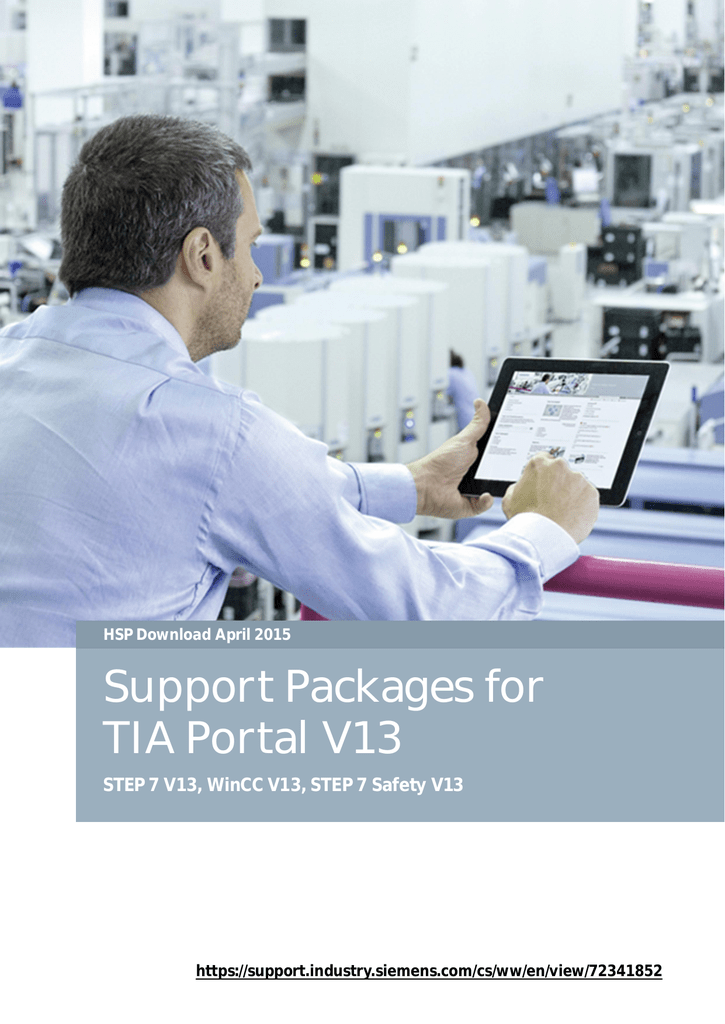
By creating a project with the help of a pre-defined template, users can begin immediately with the definition and implementation of their functions.
SIEMENS SIMATIC STEP 7 BASIC V13 WINDOWS
Generation of loadable function libraries takes place with Microsoft Visual C++ for Windows library applications and with Eclipse for real-time function libraries. You do not need additional engineering expertise, because the programming is done in the familiar STEP 7 environment. To this end, there is a library with pre-prepared, TÜV accepted blocks for safety-related functions. Both engineering tools offer commands, operations and blocks for safety-related programs in the LAD and FBD languages. Programs created with STEP 7 Distributed Safety can be migrated into the TIA Portal at any time. Safety-oriented programs can, however, still be generated using STEP 7 and Distributed Safety. STEP 7 Safety is the seamless integration of safety into the TIA Portal. Standardized and integrated identification of safety-related resources simplify the overview. The Safety Administration Editor provides central support for the administration, display and modification of safety related parameters In connection with special signatures for the device parameters, the library concept supports in-house standardization and simplifies the validation of safety-oriented applications Thanks to the integrated library with TÜV-certified function blocks, safety functions can easily be implemented


Using the SIMATIC STEP 7 Safety Basic or STEP 7 Safety Advanced option, you can exploit all the advantages of the TIA Portal for your fail-safe automation as well. All configuration and programming tools required for generating a safety-oriented program are integrated into the STEP 7 user interface and use a common project structure.


 0 kommentar(er)
0 kommentar(er)
